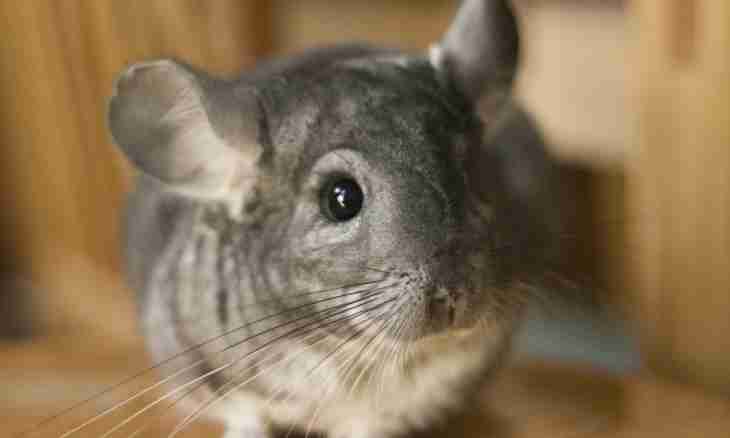Feeding of a chinchilla - quite crucial moment which demands preparation. The diet of a small animal is very big, but feeding needs to be carried out correctly. The forage has to be various, qualitative and in enough.
Principles of feeding
At the animals living on freedom the instinct which prompts that they can eat and that it is impossible is well developed. At pets this instinct is lost therefore the owner has to know, than it is possible to feed the small animal.
Food should not be stale or moldy. Green forages should not be from the lawn close to the industrial enterprises. Before feeding an animal, all fruit, vegetables, greens have to be washed carefully up and dry-through. It is impossible to feed a chinchilla with wet greens at all.
If the chinchilla never ate green forages or just did not receive them in the winter, then it is necessary to accustom her gradually. It is necessary to begin with small portions, over time increasing them. It is necessary to feed an animal once a day approximately at the same time, it is desirable after a lunch or in the evening. Such feeding promotes the correct and regular digestion of food. The chinchilla can be fed up since morning if the previous food was completely eaten. Naturally, the remains before new feeding should be removed.
What it is possible to feed a chinchilla with?
For chinchillas there are rough forages which are dry and juicy, and the nutritious mixes enriched with vitamins and minerals. Rough food is a hay. It has to be fresh and high quality. It promotes improvement of digestion of an animal. Hay has to consist of well dried up herbs and papilionaceous plants. If it has green color and a pleasant smell, then this hay of high quality. It is impossible not only to feed with the damp and moldy hay an animal, but also extremely it is not recommended to cover from it a laying as the chinchilla can eat it. Hay can be given in any quantity as the uneaten remains will become replenishment of a laying. Juicy forages include herbs, branches of trees, vegetables, fruit. They contain a large amount of organic matter, vitamins and minerals which have medical value. In the fall and winter of chinchillas feed with vegetables root crops, such as carrots, celery, parsley. From fresh fruit give apples, and from dried fruits – litharge, a dogrose, a barberry and teren. You should not feed chinchillas with cabbage as it causes swelling. Mixes contain nutritious elements which are necessary for the correct functioning and development of an organism of a chinchilla. It is necessary to pay attention to composition of mix, the it is more various, the more contains in it necessary fats and amino acids. The chinchilla needs to be fed with different types of mix. About 15% of proteins, 50% of connections without nitric extracts and up to 5% of fats have to be a part of mixes. Usually mixes are granules of green-brown color. They are on sale in pet-shops.

